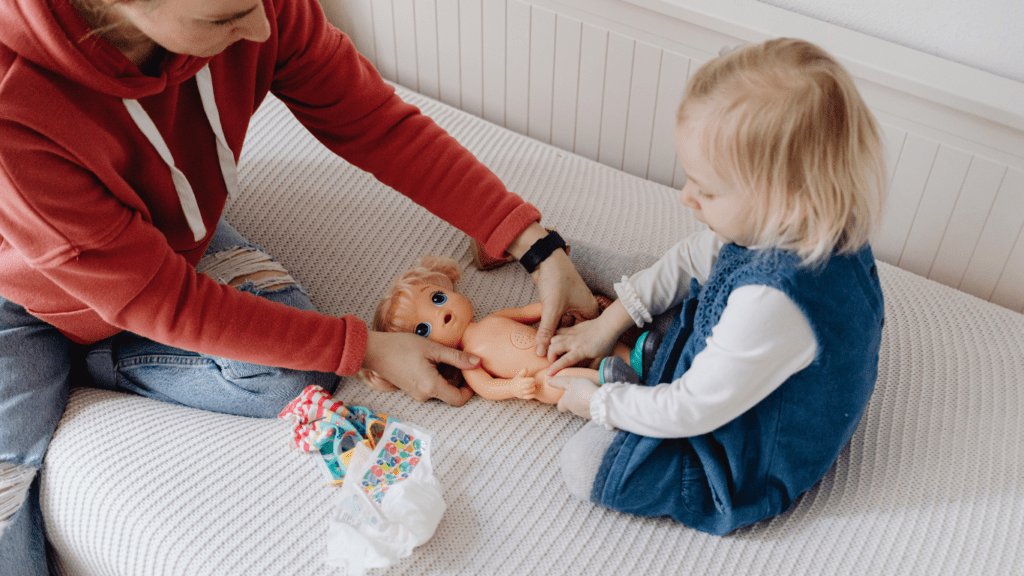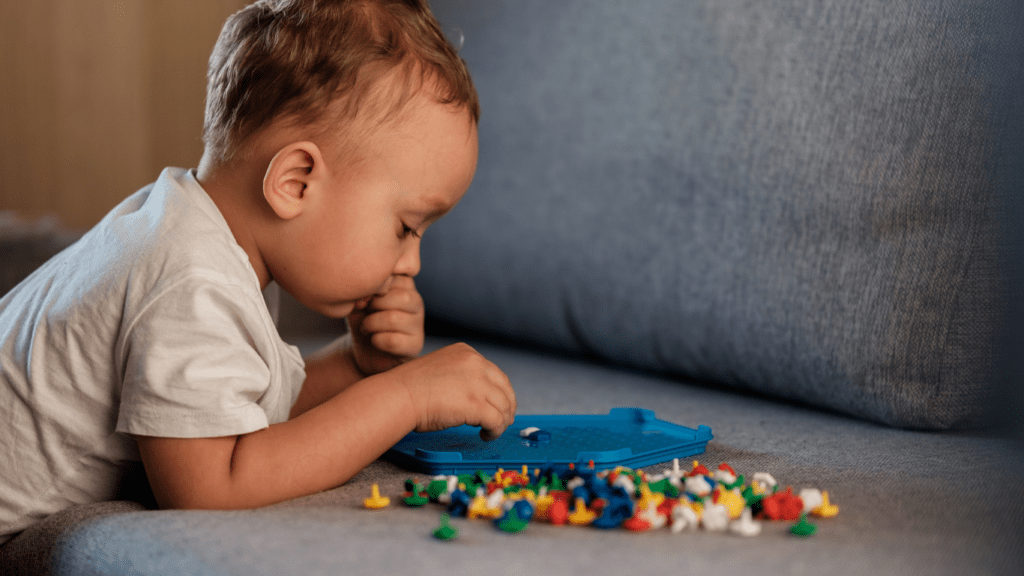Embarking on the journey of parenthood is a remarkable experience filled with joy, challenges, and countless milestones. As a parent, witnessing the growth and development of your child is both rewarding and awe-inspiring. In the early years of a child’s life, each milestone achieved is a testament to their progress and potential.
From those first tentative steps to the first words spoken, early childhood development is a fascinating process marked by significant milestones. Understanding what to expect during these formative years can provide valuable insights into your child’s growth and well-being. In this article, I’ll delve into the key developmental milestones in early childhood, shedding light on what parents can anticipate and how they can support their child’s journey towards reaching these important markers.
Understanding Milestones in Early Childhood Development
As a parent, I understand the significance of tracking my child’s milestones. It’s essential to monitor their progress closely.
The Importance of Monitoring Milestones
I prioritize monitoring my child’s milestones as it helps me gauge their development and identify any areas that may need attention.
Typical Developmental Stages from Birth to Age 5
I’ll guide you through the typical developmental stages your child may experience from birth up to the age of 5:
- Birth to 1 year: During this period, your child will likely achieve milestones such as saying simple words like “mama” or “dada” and grasping objects with their hands.
- 1 to 3 years: Toddlers in this age range usually start walking, saying more words, and showing independence by trying to dress themselves.
- 3 to 5 years: As your child grows older, they may begin to engage in imaginative play, ask many questions to satisfy their curiosity, and develop better coordination skills.
Remember, each child develops at their own pace, so it’s essential to appreciate the unique journey of your little one.
Physical Milestones
In the early years of a child’s life, physical development progresses rapidly, marking key milestones that indicate healthy growth. The following sections outline the typical physical milestones parents can expect during different age ranges.
Birth to 1 Year
During the first year of life, infants undergo remarkable physical growth and development. They typically double their birth weight by around 6 months and triple it by their first birthday. In this stage, babies gradually develop muscle control, enabling them to lift their heads, roll over, sit with support, and eventually stand while holding onto furniture.
Ages 1 to 3
Toddlers between the ages of 1 to 3 years experience significant advancements in their physical abilities. They begin to walk independently, climb stairs, kick a ball, and scribble with crayons. Fine motor skills also improve, allowing them to stack blocks, feed themselves with utensils, and turn pages in a book.
Ages 3 to 5
As children progress from ages 3 to 5, their physical coordination and strength continue to enhance. They refine their gross motor skills by running, jumping, hopping on one foot, and catching a ball with more precision. Fine motor skills become increasingly sophisticated, enabling them to draw shapes, cut with scissors, and dress themselves independently, fostering greater self-reliance.
Cognitive and Language Milestones
As a parent, I understand the significance of cognitive and language development in children. Below, I’ll discuss the expected milestones in these areas for infants and toddlers.
Cognitive Skills in Infants and Toddlers
In the first year of life, infants display remarkable cognitive advancements. For instance, they begin to recognize familiar faces, respond to sounds, and explore objects using their senses. As toddlers transition into the second and third years, their cognitive abilities progress rapidly. They engage in pretend play, show curiosity about their surroundings, and exhibit problem-solving skills by stacking blocks or fitting shapes into corresponding holes.
Speech and Language Development
From babbling their first words to forming complete sentences, infants and toddlers make significant strides in speech and language development. By around 6 months of age, babies start babbling to communicate, and as they approach their first birthday, they utter simple words like “mama” or “dada.” Toddlers between 1 and 3 years expand their vocabulary rapidly, combining words to form basic sentences. They also begin to understand simple instructions and express their needs effectively, laying the foundation for more complex language skills later on.
Social and Emotional Milestones
When it comes to social and emotional development in early childhood, there are crucial milestones to watch out for that indicate healthy growth in these areas. Here’s what you can expect in terms of emotional reactions and attachments, as well as social skills and interactions.
Emotional Reactions and Attachments
In the realm of emotional development, infants typically start displaying a range of emotions like joy, sadness, and even frustration. At around 6 to 8 months, they may exhibit separation anxiety when away from their primary caregiver, which is a normal part of emotional maturation. By the age of 1, children usually develop specific attachments to familiar people, forming strong bonds with caregivers and close family members. These early attachments play a significant role in shaping a child’s sense of security and trust in their environment.
Social Skills and Interaction
As children grow, their social skills become more refined, and they start engaging in meaningful interactions with others. Around 18 months, toddlers begin to show interest in playing alongside their peers, although not necessarily engaging in direct cooperative play. By the age of 3, children typically start playing cooperatively with others, taking turns and sharing toys. These interactions help children learn essential social skills such as empathy, cooperation, and problem-solving, laying the foundation for healthy relationships later in life.
When to Be Concerned
In early childhood development, it’s essential to be aware of signs of delayed development that may indicate underlying issues.
Signs of Delayed Development
If a child consistently fails to reach developmental milestones within the expected time frame, it could be a cause for concern. Some signs of delayed development include:
- Lack of eye contact or response to sounds in infants.
- Not showing interest in interacting with others.
- Difficulty following simple instructions.
- Limited vocabulary or speech delays in toddlers.
- Persistent challenging behaviors that impact social interactions.
How to Seek Help
If you notice any of these signs or have concerns about your child’s development, it’s crucial to seek professional help. Consulting with a pediatrician or early childhood development specialist can provide valuable insights and guidance. Early intervention is key in addressing developmental delays and ensuring the best outcomes for your child’s growth and well-being.



